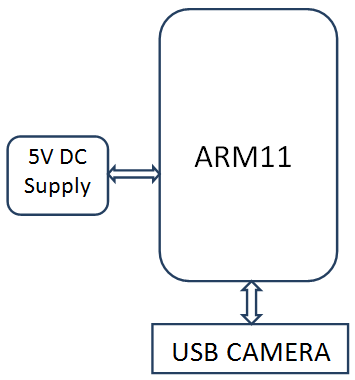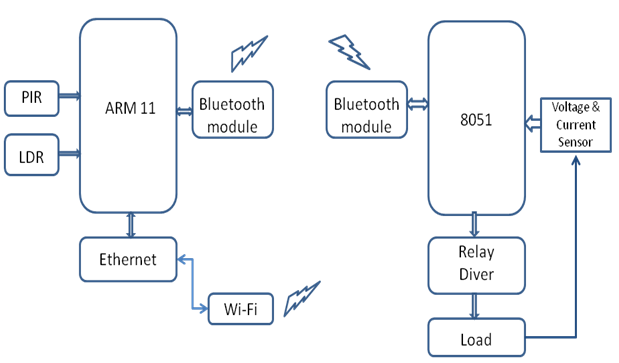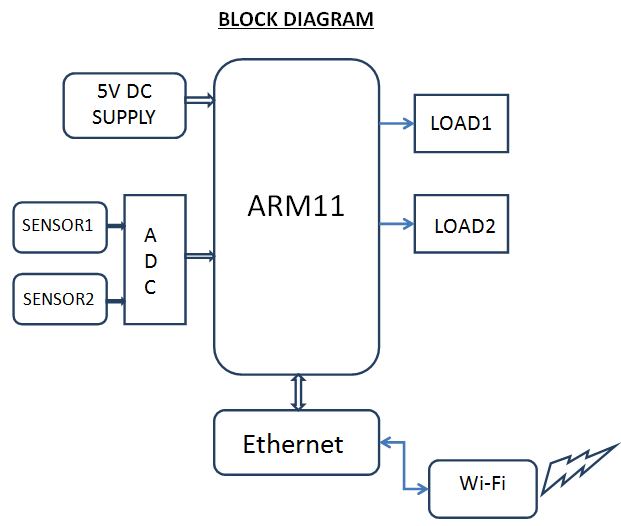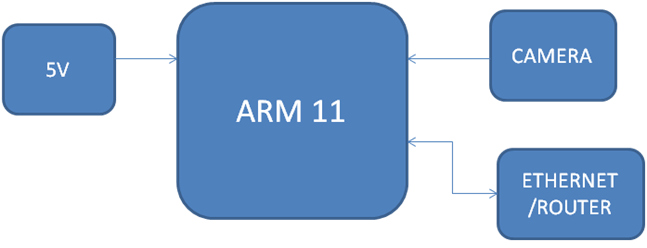ABSTRACT
In this Face Identification Implementation in a Standalone Embedded System paper is described an embedded system for face identification. The system, running on ARM processor, is built around BCM2835 processor and consists of several IP (Intellectual Property) modules designed as bus peripherals.
The face detection and recognition is accelerated with the help of a hardware and software algorithm modules. The system has been designed on the criteria of resources optimization, low power consumption and improved operation speed
Existing Work:
The Existing work has been implemented on FPGA based processor device, which is complex and high cost of implementation when compared to an embedded chips. As well in the entire system description only procedure have been explained no exact output results where shown.
Proposed Work:
The host target for the proposed face detection system is an embedded environment based on ARM 11 architecture. Which has much higher RAM and Clock speech compared to an FPGA based Devices. Here using Raspbian Operating System, Open Computer Vision algorithm and Qt based GUI interface will be used to implement the face detection and recognition.
Whenever the authenticated face is identified the system will provided login access or else SMS will be sent to the concerned person with GPS location simultaneously a buzzer will be turned on to indicating the unauthorized entry.
BLOCK DIAGRAM
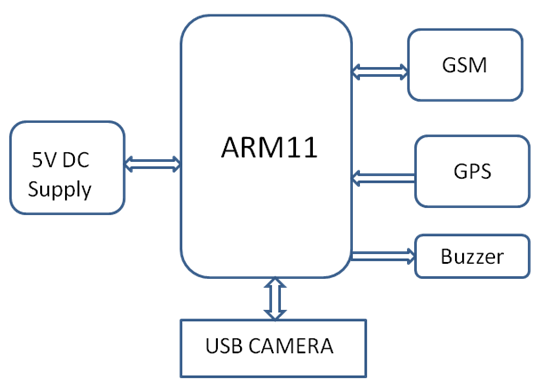 Hardware:
Hardware:
ARM11, USB Camera, GSM, GPS, Buzzer, Power supply.
Software:
OS: Embedded Linux, Language: C/ C++, IDE: Qt Creator, Image Processing Algorithm.
Applications:
Home, Security, Authentication sites
Advantages:
• Hand Held System and online face training can be done.
• Easy installation and usage

